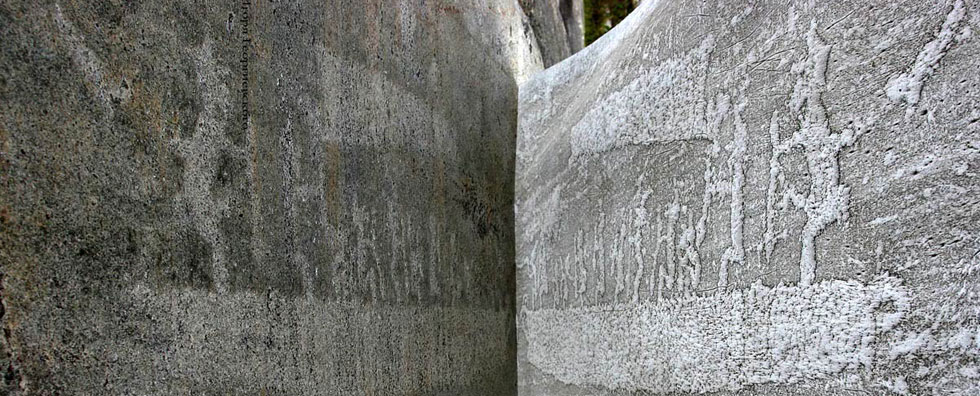
Issue №4, Vol. 20
Borisov V., Akinin D., Gasilina M., Romanova A. Thermal conductivity of snow cover and physical processes occurring in it under the influence of temperature gradient // Resources and Technology. 2023. №4, Vol. 20. P. 45‒73.
DOI: 10.15393/j2.art.2023.7243
Thermal conductivity of snow cover and physical processes occurring in it under the influence of temperature gradient
| Borisov Vyacheslav | Moscow State Technical University named after N. E. Bauman, vborisov@bmstu.ru |
| Akinin Dmitry | Moscow State Technical University named after N. E. Bauman, akinin.dmitrij2013@yandex.ru |
| Gasilina Maria | Moscow State Technical University named after N. E., gasilinamaria539@gmail.com |
| Romanova Anastasia | Moscow State Technical University named after N. E., nasty1999g@mail.ru |
|
Key words: snow massif; snow density; snow properties; winter forest road; thermal conductivity coefficient of snow |
Summary: Snow as a road construction material is a combination of phases of the same nature but different aggregate states. Snow as a road surface is a complex spatial system that is topologically defined as a poli-relief, polizonal, multi-layered, and polydisperse medium. In natural conditions, the snow cover is subjected to different temperature conditions at different heights. The upper layers are influenced by continuously changing external air temperature, while the lower layers are in contact with the soil, which has a significantly higher and more stable temperature than that of the air. The temperature difference between the upper and lower layers leads to processes in the snow cover related to different elasticities of water vapors saturating the space above the snow grains. Water vapors move from the lower layers, which usually have higher temperatures and therefore higher maximum saturated vapor pressure, to the upper layers where the temperature and vapor pressure are lower. In order to determine the dependence of the thermal conductivity coefficient on density in the zone of high-density values, the authors conducted research on the thermal properties of snow of different densities. The research was conducted at Bauman Moscow State Technical University, as a continuation of previous studies [1]. The authors set two main objectives for the research: to identify the process of sublimation and evaporation in a snow mass located in a non-uniform temperature field, and to determine the quantitative aspect and intensity of this process depending on the density of the snow. The thermal conductivity coefficient of snow with different densities was also determined. |
Displays: 652; Downloads: 414;




